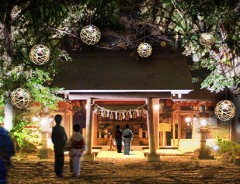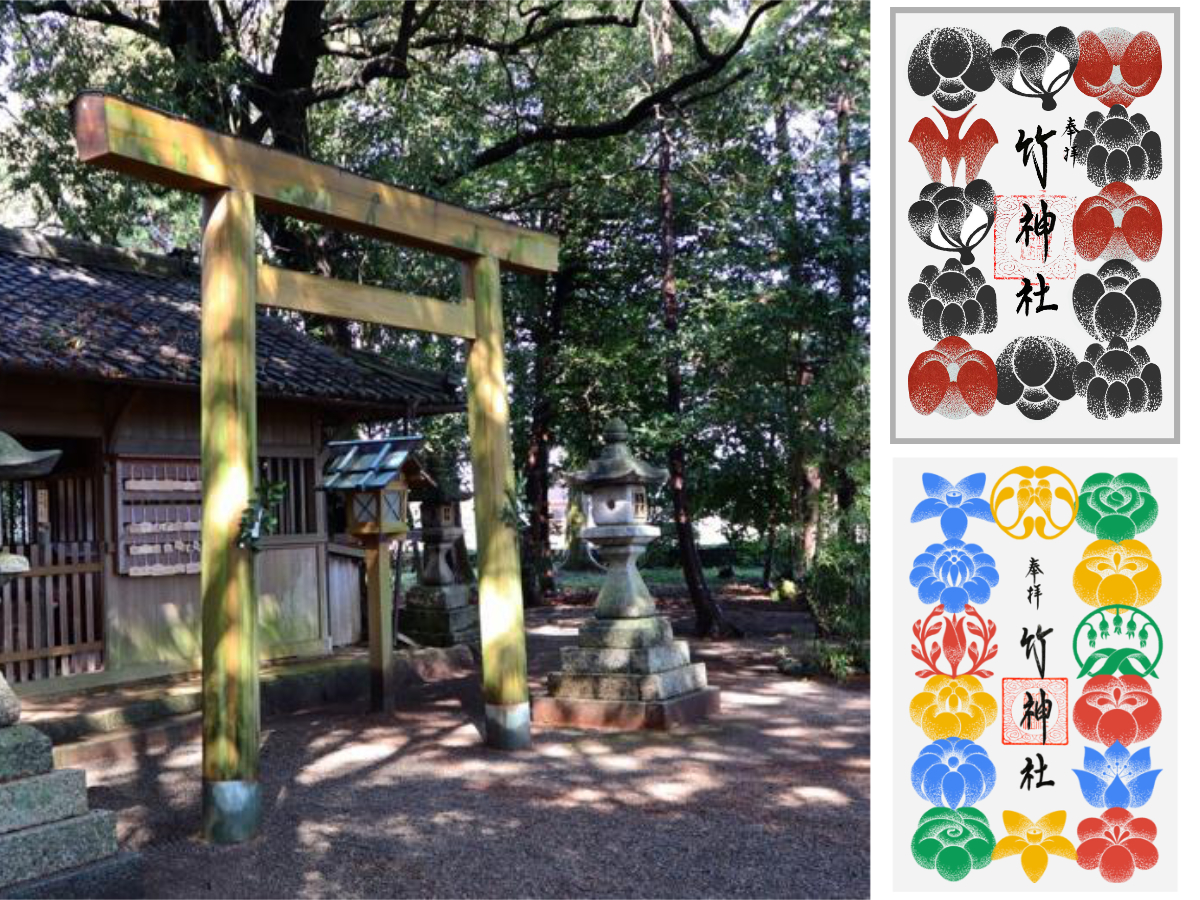Related Article
-

[Hidden Wonders of Japan] Preserving Maruyama’s Thousand Rice Paddies
-

Black cat witnessed “praying” at Japanese shrine during New Year visiting time
-

Kyoto Local Girl Asachill Guides Us Through The Charms of Pontocho
-

Bijomen Final Project: Memorial NFT Charity proceeds will go to traffic accident prevention
-

Like A Dream… A Magical Summer Festival Featuring The Marriage Wind Chimes Of Kawagoe’s Hikawa Shrine
-

Free Downloadable Environment Lets You Explore Kyoto’s Famouse Fushimi Inari Shrine With Unreal Engine 4



With tourism continuing to be affected by the ongoing state of emergencies, companies and organisations are beginning to turn their attention towards the digital world in order to survive. For most, this change is not easy, with many needing to completely rethink their business models in order to reap the benefits of the economic activities this new world brings with it.
One of the biggest attractors of attention in the digital content market right now are Non-Fungible Tokens (hereinafter referred to as NFTs), which in January of 2022 alone saw the trading of more than 400 billion yen.
By ensuring the uniqueness of digital data, NFTs enable the trusted transaction and distribution of various content (ranging from visual imagery, to sounds, text and much more) stored on a blockchain. Furthermore, NFTs allow for royalties with each resell, which means that creators continue to gain value even as time goes on – this particular fact is perhaps one of the biggest drives for interest in the growth of the NFT marketspace.
The various possibilities and benefits that NFTs provide mean that all kinds of industries are starting to get involved. For example, within the travel and tourism market, it is expected that NFTs can be used to spark interest, promote “online visitation” and create new tourism content and value that has never existed before.
In the latest attempt of regional revitalization, Mie’s Take shrine is joining the world of digital and will be distributing an NFT version of their goshuin free of charge to visitors for a short time period.
This NFT is the first in a project developed by blockchain game company CryptoGames and Meiwa Kanko Trading who are involved in regional revitalization efforts in Mie Prefecture.
The project’s focus is on sightseeing at shrines and temples across the region, and presents a new way for tourists and people interested in history and culture to boost the local economy.
A brief introduction to Mie Prefecture’s Take Shrine
Take Shrine came into being back in 1911, when 25 gods from the former Saio Village (present day Meiwa Town) were enshrined. Excavations near the shrine have uncovered the remains of a large-scale wall that is believed to be part of Saikū.
Saikū was a palace complex that acted as home to the Saiō – an unmarried female member of the Japanese imperial family sent to serve at the Ise Grand Shrine as part of the Saiō system, which remained in place from the 7th century to the 14th century.
Receiving Take Shrine’s Goshuin NFT
To collect the NFT Goshuin, visitors will need to scan a QR code pasted at the shrine. From there, they will be directed to the NFT Studio page where they can select the “Get free NFT” button.
If they have a wallet set up already, they can collect the NFT immediately, but if not they will be prompted to sign up and connect a cryptocurrency wallet with authentication procedures. Once completed they can return to the distribution page and receive the free NFT.
Take Shrine
2757-2 Saikyu, Meiwa-Town, Mie Prefecture